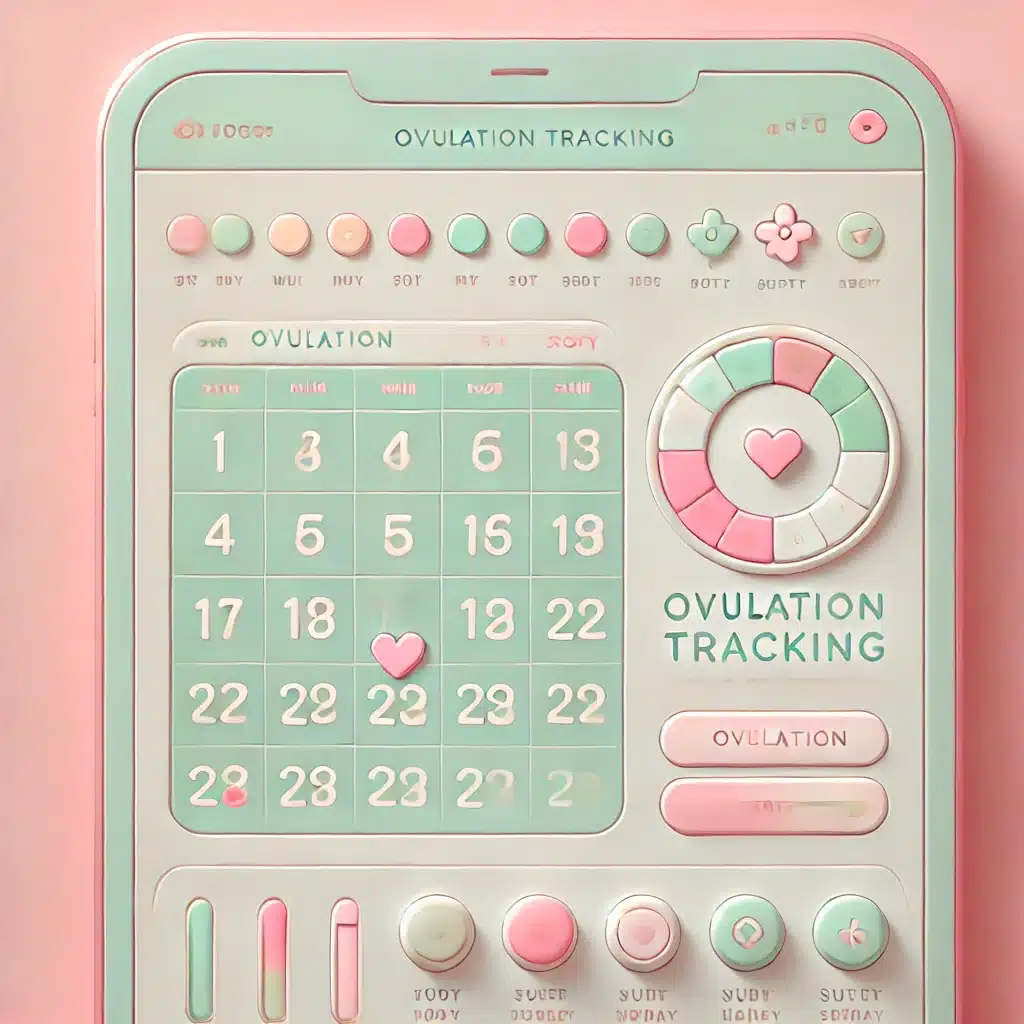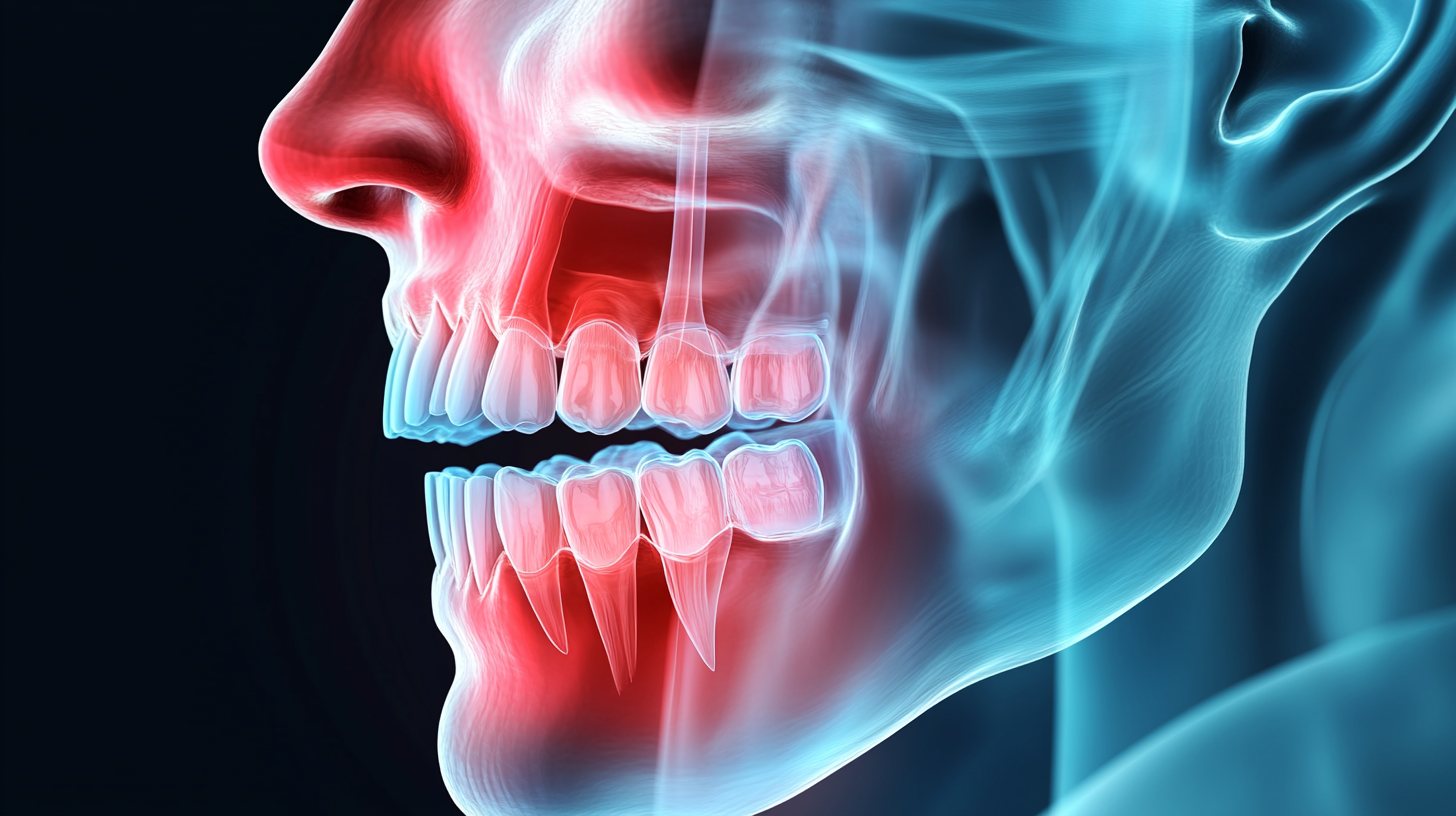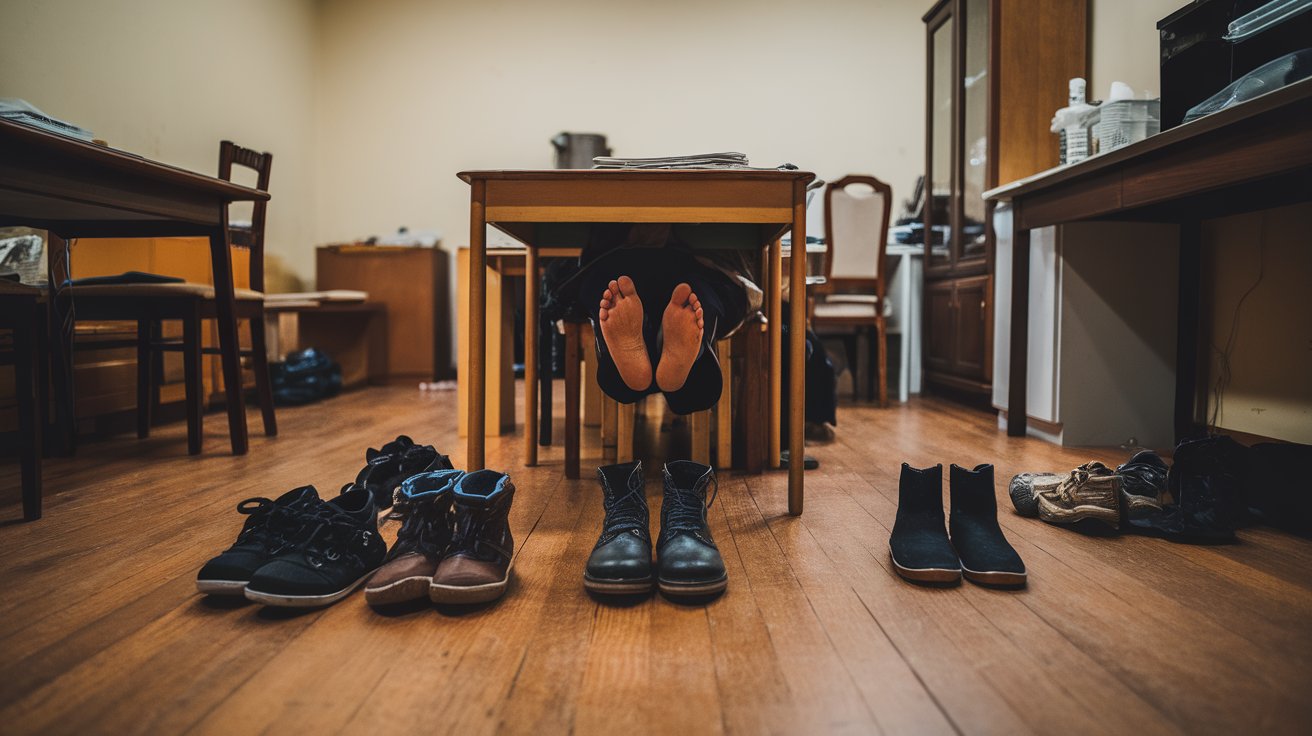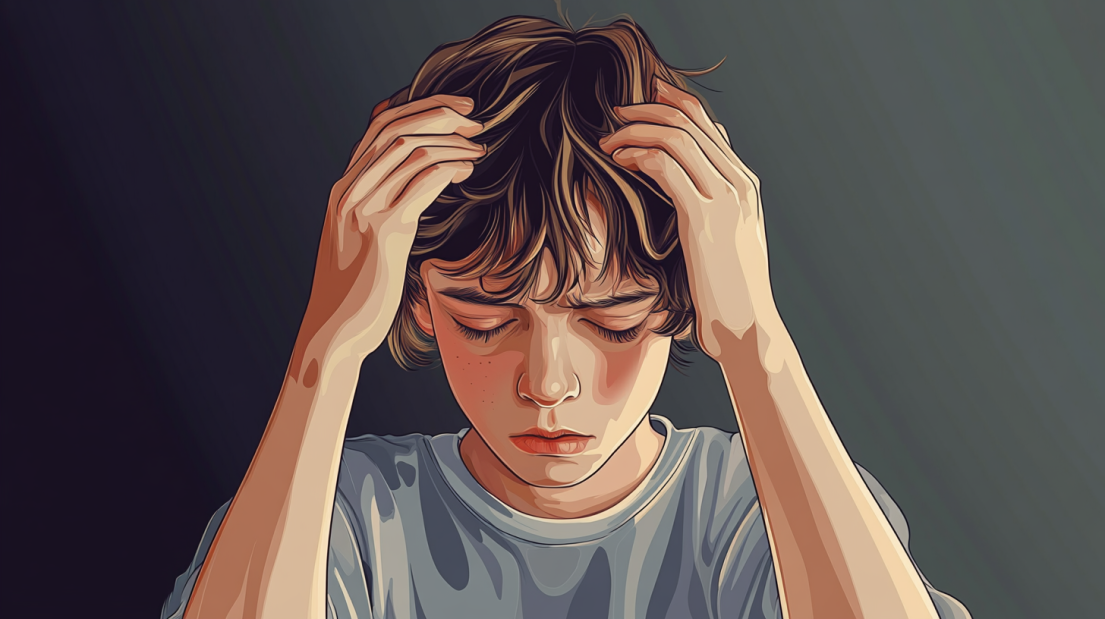
Have you ever felt your heart race at the sight of a messy room?
Or have you found yourself unable to focus when things aren’t in perfect order?
For some people, this isn’t just a preference for tidiness – it’s a real fear known as ataxophobia.
Imagine feeling anxious, scared, or panicked when faced with disorder or chaos.
That’s the reality for those living with ataxophobia.
It’s more than just liking things neat. It’s a deep-rooted fear that can shake up someone’s daily life.
In this post, we’ll examine acrophobia—the fear of disorder—in more detail.
We’ll explore what it means, why it happens, how it affects people’s lives, and what can be done about it.
Whether you’re dealing with this fear yourself, know someone who might be, or are just curious about how our minds work, you’re in for an eye-opening read.
So, let’s roll up our sleeves and dive into the world of acrophobia.
It’s time to bring some order to our understanding of this complex fear!
Ataxophobia: Fear of Disorder and Chaos

Ataxophobia is a complex condition that goes beyond a simple preference for tidiness.
It’s an intense, irrational fear of disorder, chaos, or messiness that can significantly impact a person’s daily life and mental well-being.
Key characteristics of ataxophobia include:
- An overwhelming need for order and control in one’s environment
- Extreme distress when faced with cluttered spaces or disorganized schedules
- Anxiety response to perceived chaos, even in situations others find normal
- Often linked to a deep-seated need for control and predictability in life
Ataxophobia can manifest differently depending on the setting.
At home, it might involve excessive cleaning and organizing.
In the workplace, it could lead to difficulties collaborating with others with different organizational styles.
In social situations, individuals might avoid gatherings in potentially messy environments or struggle with spontaneous plans.
It’s crucial to distinguish ataxophobia from general neatness.
While many people prefer tidy spaces, those with ataxophobia experience significant distress and anxiety when faced with disorder.
The fear can be all-consuming, affecting personal relationships and professional opportunities.
The impact on mental health can be substantial:
- The constant struggle to maintain perfect order can be exhausting and stressful
- This may lead to depression, social isolation, or burnout
- Rigid thinking patterns can make it difficult to cope with unexpected changes
Ataxophobia presents unique challenges in modern society, which often values flexibility and adaptability.
Sufferers may struggle in environments that require quick adjustments or tolerance for ambiguity.
Recognizing ataxophobia is the first step towards managing it.
Understanding underlying fears and triggers allows for the development of coping strategies.
With appropriate support and techniques, it’s possible to learn to tolerate and even embrace a certain level of disorder, leading to a more balanced and fulfilling life.
Causes of Ataxophobia: Origins of the Fear of Disorder
Ataxophobia, like many phobias, doesn’t typically stem from a single cause.
Instead, it often develops due to psychological, environmental, and sometimes genetic factors.
Understanding these causes is crucial for effective treatment and management of the condition.
Potential causes of ataxophobia include:
- Obsessive-Compulsive Tendencies: Many individuals with ataxophobia also exhibit traits associated with Obsessive-Compulsive Disorder (OCD). The need for order and control can be an extension of obsessive thoughts and compulsive behaviors.
- Past Trauma: Experiencing a traumatic event related to chaos or disorder can trigger ataxophobia. For example, growing up in an extremely chaotic household or experiencing a disaster might lead to an intense fear of disorder later in life.
- Anxiety Disorders: General anxiety or other specific phobias can contribute to the development of ataxophobia. The fear of disorder might be a way of coping with broader anxiety issues.
- Highly Structured Upbringing: Paradoxically, growing up in an extremely organized environment can sometimes lead to ataxophobia. When a person is accustomed to perfect order, even minor disorder can feel overwhelming.
Psychological factors that may contribute to ataxophobia include:
- Perfectionism: Individuals with perfectionistic tendencies may be more prone to developing a fear of disorder.
- Low Tolerance for Uncertainty: Some people find unpredictability extremely stressful, leading them to seek control through order.
- Cognitive Distortions: Negative thought patterns, such as catastrophizing disorder or overgeneralizing its impacts, can fuel ataxophobia.
Environmental triggers can also play a significant role:
- Stressful Life Events: Major life changes or periods of high stress can sometimes trigger the onset of ataxophobia.
- Cultural Factors: Societal emphasis on cleanliness and order in some cultures may contribute to the development of this phobia.
- Learned Behavior: Observing others with similar fears or being rewarded for extremely orderly behavior can reinforce ataxophobic tendencies.
It’s important to note that ataxophobia can develop at any age, though it often begins in childhood or adolescence.
The severity of the phobia can also fluctuate over time, often worsening during periods of high stress or significant life changes.
Understanding the root causes of ataxophobia is crucial for developing effective treatment strategies.
By addressing the underlying factors contributing to the fear, individuals can work towards managing their symptoms and improving their quality of life.
Ataxophobia: Symptoms and Impact on Daily Life
Ataxophobia can have a profound impact on an individual’s daily life, affecting their personal relationships, work performance, and overall well-being.
The symptoms of this phobia can range from mild discomfort to severe anxiety and can manifest in both physical and psychological ways.
Common symptoms of ataxophobia include:
- Intense anxiety or panic when confronted with disorder or clutter
- Rapid heartbeat, sweating, and shortness of breath in disorganized environments
- Avoidance of places or situations that might be messy or chaotic
- Excessive time spent organizing and cleaning
- Difficulty concentrating in environments perceived as disorderly
- Insomnia or sleep disturbances due to worry about potential disorder
The impact of ataxophobia on daily life can be significant:
- Home Life: Individuals may spend excessive time cleaning and organizing, leaving little time for relaxation or family activities. They might also experience conflicts with family members who don’t share their need for extreme orderliness.
- Work Performance: While a desire for an organization can be beneficial in some work settings, acrophobia can lead to decreased productivity. Sufferers might spend more time arranging their workspace than completing tasks or struggle to collaborate with colleagues with different organizational styles.
- Social Relationships: The fear of disorder can lead to social isolation. Individuals might avoid inviting friends over, decline invitations to events in potentially messy environments, or struggle to maintain relationships with people they perceive as disorganized.
- Mental Health: The constant stress of maintaining perfect order can lead to anxiety, depression, and burnout. The rigid thinking patterns associated with ataxophobia can also contribute to low self-esteem and a sense of failure when perfection isn’t achieved.
- Physical Health: The stress and anxiety associated with ataxophobia can have physical manifestations, including headaches, digestive issues, and a weakened immune system.
- Decision Making: Ataxophobia can paralyze decision-making processes, as individuals may struggle to act without having all the details perfectly organized.
- Financial Impact: In severe cases, ataxophobia might lead to excessive spending on cleaning supplies, storage solutions, or professional organizing services.
The severity of these impacts can vary greatly from person to person.
Some individuals might experience only mild discomfort in disorganized settings, while others might find their fear significantly impairs their ability to function in daily life.
Recognizing these symptoms and impacts is crucial for diagnosis and treatment.
Suppose ataxophobia is significantly affecting your quality of life.
Final Thoughts
Overcoming ataxophobia is a journey that requires patience, commitment, and often professional help.
While the path may seem challenging, many individuals have successfully learned to manage their fear of disorder.
Remember, the goal isn’t to eliminate all disorders from your life but to develop a healthier relationship with imperfection.
With the right combination of coping strategies and treatment options, it’s possible to reduce the impact of ataxophobia and enjoy a more relaxed, fulfilling life.
If you’re struggling with this phobia, don’t hesitate to ask for help – taking that first step can open the door to positive change.























































































































































